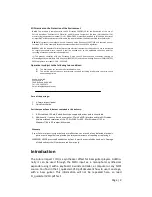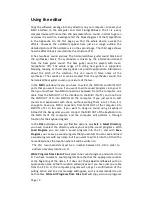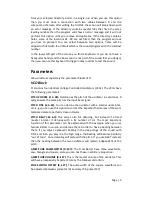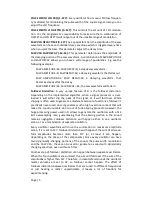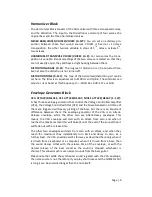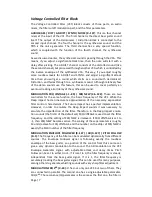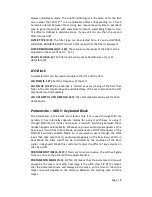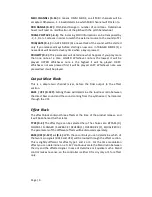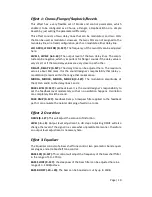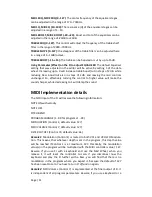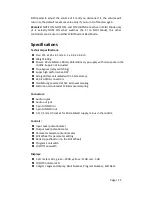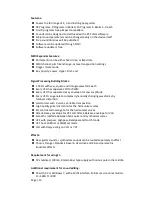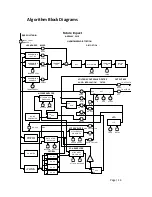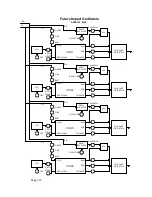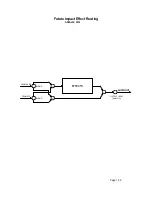
Page | 4
from your selected directory into FI in a single run. When you use this option
then you must have a connection with two cables between FI and the
computer, otherwise after writing the first file the action will break down with
an error message. If the directory contains several files that have the same
leading number then the program will show an error message and it will not
perform this option until you remove all duplicates. If the directory contains
holes, some of the locations 01...99 are not filled, then the program will ask
you how to proceed. You can select between two options, holes will be
skipped or filled with the default which is the sound program with the smallest
number.
In the lower left part of the screen you find a keyboard. If you do not have a
bass guitar handy (and the bass sound is not part of the sound that you design)
then you can use this keyboard to trigger notes in order to test the sound.
Parameters
We will discuss separately the parameter blocks of FI.
VCO Block
FI contains four identical Voltage Controlled Oscillators (VCOs). The VCOs have
the following parameters:
PITCH COARSE (-12..48):
Determines the pitch of the oscillator in semitones. 0
will generate the same pitch as the input bass signal.
PITCH FINE (-63..63):
You can detune the oscillator with a small musical inter-
val. E.g. you can use this option to correct the imperfect harmonies of the well-
tempered scale to perfectly clean intervals.
PITCH BEAT (-63..63):
This serves also for detuning, but instead of a fixed
musical interval it detunes with a fix number of Hz. The most important
function of this parameter can be explained with the example when you use
two oscillators in unison, and detune them in order to have a beating between
them. If you adjust a pleasant beating in the deep range of the sound with
FINE, and then you play it in the high range, the beating will become painfully
“out of tune”, since detuning will scale with the pitch. If you use BEAT instead,
then the beating between the two oscillators will remain independent of the
pitch.
AMPLITUDE SAW/SQR/TRI (0..127):
The FI oscillators have three waveforms,
saw, triangle and square. Here you can mix these in arbitrary proportion.
AMPLITUDE VOLUME (0..127):
This is the master volume of the oscillator. This
will have an especially important role by the foldover distortion.
PULSE WIDTH OFFSET (0..127):
The pulse width of the square waveform can
be adjusted between symmetric (0) and very thin pulse (127).


